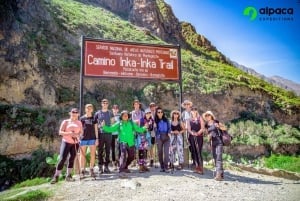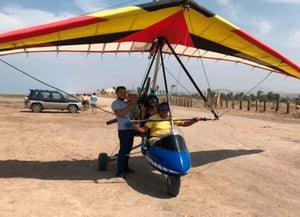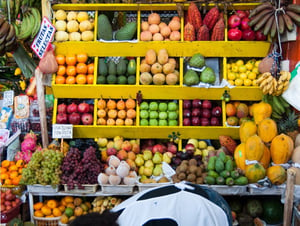What vaccinations do I need for Peru?
Do I need anti-malaria tablets for Peru?
There is the risk of malaria in certain areas of Peru, most notably the Amazon jungle, so it is very important to check with your health practitioner before you go to see whether malarial medication is required for the areas you are visiting. As a guide, there is a high risk of malaria around Iquitos and a variable risk around Puerto Maldonado.
As with any destination where malaria is present, take precautions against mosquito bites by wearing light coloured clothes that cover your arms and legs and apply a DEET-based insect repellent. For more information on the malaria risk in Peru visit the NHS Fit to Travel page or the CDC Traveler's Health page. A Yellow Fever vaccination may also be required, especially if visiting the jungle.
Altitude can affect anyone at moderate to high altitude (generally anything over 3,000 metres). Altitude sickness is caused by the lack of oxygen which can be up to a third less than at sea level. No one understands why some people are affected and others not, and age, level of fitness and strength is no indication of how well you will fare. With altitudes of up to 4,200 metres on the Inca Trail and 4,600 metres on the Lares Trek, it is imperative that you speak with your doctor prior to departure as drugs are available to combat the effects of altitude sickness and may be recommended.
Whether you decide to take altitude sickness medication or not, make sure you allow a few day's of acclimatisation before the trek with minimal physical activity and plenty of fluids to stay hydrated. Be aware that you may experience altitude sickness in Cusco, which sits at an elevation of 3,399 metres.































